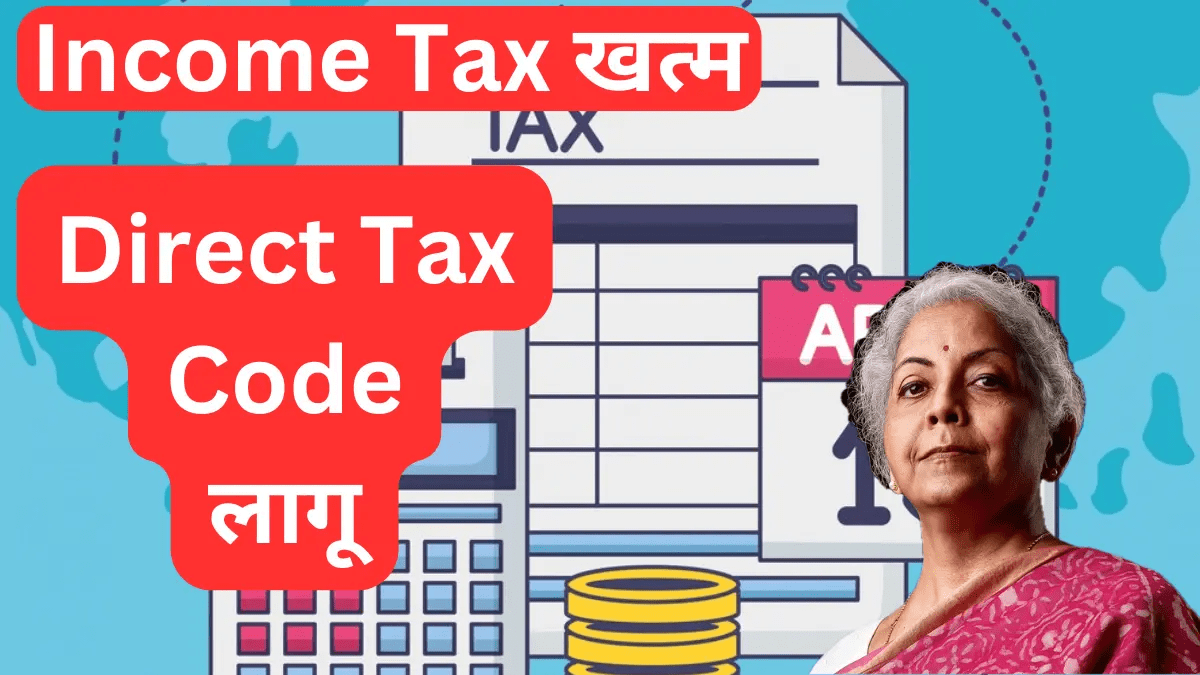The Direct Tax Code 2025 is set to replace the Income Tax Act of 1961, bringing significant and long-awaited reforms to India’s tax system. Designed to introduce modern, transparent, and streamlined tax regulations, this landmark legislation will come into effect in April 2025, marking the start of the financial year 2025-26.
Finance Minister Nirmala Sitharaman unveiled the Direct Tax Code 2025, emphasizing its transformative potential for both individuals and businesses. The primary goal of the code is to simplify complex tax laws, reduce litigation, and promote compliance. By addressing longstanding issues, the DTC 2025 is expected to modernize tax administration while making the system more taxpayer-friendly.
A Decade in the Making
The Direct Tax Code 2025 has been in development for over a decade. The initial draft surfaced in 2009 and was presented in 2010, but implementation faced repeated delays due to various challenges. The outdated provisions of the Income Tax Act, coupled with its complexity, highlighted the urgent need for reform. Consequently, the DTC 2025 aims to replace these antiquated laws with a more coherent framework.
The Income Tax Act of 1961 became increasingly cumbersome, with numerous sections, exemptions, and deductions that confused taxpayers and professionals alike. Recognizing these issues, the government prioritized the introduction of a streamlined and transparent tax system. By simplifying tax laws, the DTC 2025 aims to improve compliance and expand the tax base significantly.
Expanding the Taxpayer Base
One of the core objectives of the Direct Tax Code 2025 is to increase the number of taxpayers in India. Currently, only about 1% of the population pays income tax. With the introduction of the DTC 2025, the government hopes to raise this figure to 7.5%, bringing more individuals and businesses into the tax fold. This expansion will not only boost revenue but also ensure a more equitable distribution of the tax burden.
Key Highlights of DTC 2025
The Direct Tax Code 2025 introduces several pivotal changes aimed at simplifying the taxation process while broadening the tax base. Here are the key reforms:
1. Simplified Residential Status: Taxpayers will now be classified solely as residents or non-residents, eliminating the confusing category of Resident but Not Ordinarily Resident (RNOR).
2. Removal of Assessment Year and Previous Year Concepts: The DTC 2025 replaces the traditional concepts of Assessment Year (AY) and Previous Year (PY) with a straightforward focus on the Financial Year (FY), streamlining tax filings.
3. Changes in Capital Gains Taxation: Under the new code, capital gains will be treated as part of regular income, potentially resulting in higher tax rates for certain taxpayers.
4. Revised Income Definitions: While the five heads of income remain, some categories have been renamed. For instance, “Income from Salary” becomes “Employment Income,” and “Income from Other Sources” is now “Income from Residuary Sources.”
5. Unified Corporate Tax Rates: A common tax rate will apply to both domestic and foreign companies, simplifying compliance for multinational businesses.
6. Reduced Deductions and Exemptions: The DTC 2025 removes most existing deductions and exemptions, making tax filing easier while reducing potential loopholes.
7. Expanded Tax Audit Responsibilities: The code allows CS and CMA professionals to conduct tax audits, a role previously exclusive to Chartered Accountants (CAs).
8. TDS and TCS on Most Income: Tax Deducted at Source (TDS) and Tax Collected at Source (TCS) will now apply to nearly all forms of income, ensuring more regular tax payments.
9. Streamlined Structure: The new code condenses the current Income Tax Act’s 298 sections into 319 sections while increasing schedules from 14 to 22 for better clarity.
Addressing Political Party Exemptions
While the Direct Tax Code 2025 seeks to increase tax revenue, it continues to exempt political parties. This exemption has raised concerns among taxpayers who argue for greater accountability in all sectors. Despite this, the DTC 2025 represents a significant stride toward a more inclusive and transparent tax system.
Conclusion
The Direct Tax Code 2025 marks a pivotal moment in India’s journey toward tax reform. By simplifying the tax structure, enhancing compliance, and expanding the taxpayer base, the DTC 2025 is poised to reshape India’s economic landscape. For taxpayers and professionals preparing for exams like CA, CS, and CMA, understanding these changes is crucial. As the financial year 2025-26 approaches, staying informed about the Direct Tax Code 2025 will be essential for navigating the new tax regime effectively.









































































































































































































































































































































































































































































































































































































































































































































































































































































































































































































































